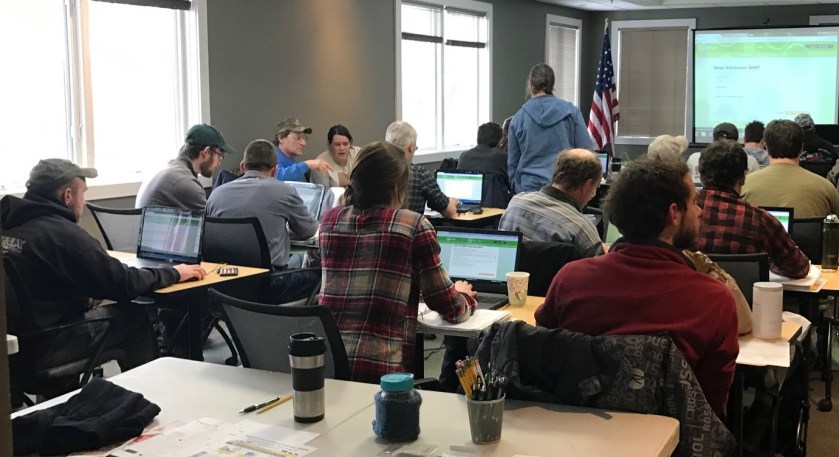As of right now, the UVM Agricultural and Environmental Testing Lab is still receiving manure and soil samples directly and the lab in Maine that UVM works with us is still open. However, we will not be transporting samples from our office in Middlebury to the lab in Burlington. Additionally, please understand that the manager of the lab will not be in the office every day and there many be an additional delay in processing samples. Call the lab at 802-656-3030 if you have questions.
Manure Samples: It’s nearing time for manure spreading… and also manure sampling! The best time to sample manure to get an accurate sample is right when you are about to spread it.
- We ask that you sample, freeze and hold on to manure sample(s) for a future date to be analyzed when we can transport it to the lab. Manure can be sent in the mail, but it’s more ideal to just hold on to it. If you need a timely result, call the lab, you may be able to send it directly to Maine.
- Manure can be frozen for months, just make sure you leave enough space in the jar for expansion.
- Empty manure jars will be left in the sample box at the entrance of our office, but any plastic quart jar could work – do not use glass jars.
- Our fact sheet on how to take a manure sample can be found here.
- The form for manure sample analysis can be found here.
Soil Samples:
- While we recommend soil sampling at the same time each year, given circumstances, if you can wait to sample it is advised to do so. If you do need an analysis, you can direct mail your soil sample(s).
- There will be soil test kits left in the sample box at the entrance of our office, but any clean sandwich type plastic bag will work. You only need 1/2 to 1 cup of soil per sample – over doing it doesn’t help the lab and costs you money. Just make sure you take adequate sub-samples, mix your soil sample well, and send a representative mix. Soil probes will not be available until a future date.
- The form and instructions for soil sample analysis can be found here.
If you have any questions about manure and soil sampling you can still give our office a call, and someone will get back to you – 802-388-4969.










